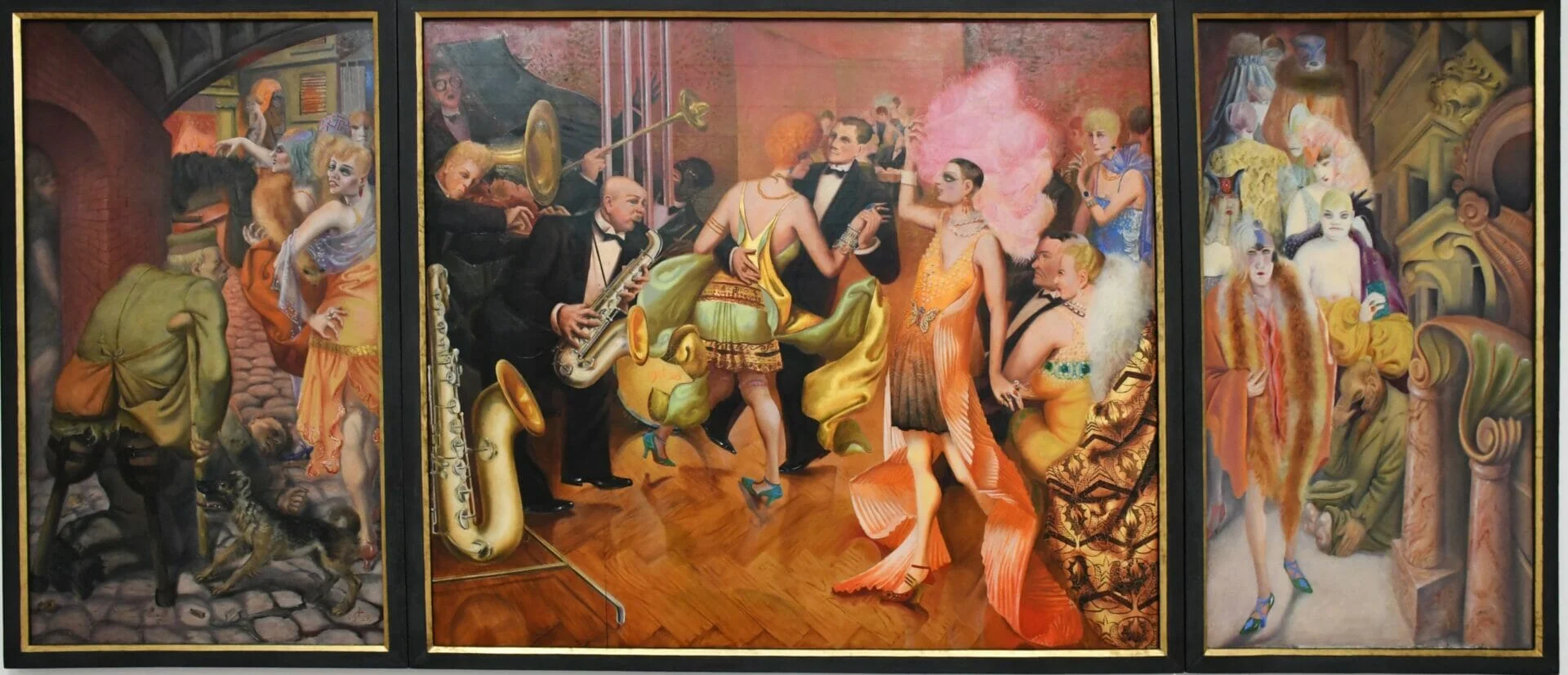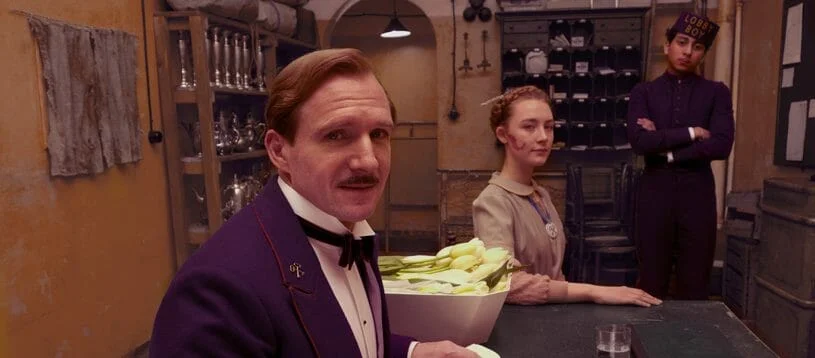
City Lights | The time Charlie Chaplin risked it all
Year
Runtime
Director
Writer
Production Designer
Country
Format
Subgenre
Charlie Chaplin was one of the most influential and creative filmmakers of silent film and of Cinema. But starting from 1927, sound films began to take over. The introduction of sound, which represented a revolution from various points of view, forever changed the very foundations of cinema. After that, the audience began to ask for more and more talkies. The directors and actors of the silent film had to adapt to the new situation. But not everyone succeeded, and some saw their career go up in smoke.
During this transition from silent to sound, Chaplin did not allow himself to be persuaded by his collaborators to make sound films. He continued to use the pantomime that made him famous all over the world at least until 1940 when he made The Great Dictator, his first film using sound. But in 1936, the audience had already listened to Chaplin’s voice in Modern Times, occasion when he didn’t talk but sang.
An emblematic example of this choice is City Lights, released in 1931. Chaplin in this movie did not use dialogues, but only intertitles and a sound accompaniment recorded on film. Chaplin’s choice was risky. If the film had been a failure, he could have lost everything. But this did not happen. On the contrary, the movie achieved a resounding success and was acclaimed worldwide.
Empty pockets, generous heart
City Lights tells the story of a miserable man, the so-called Tramp or Little Tramp: a character created and played by Chaplin, the protagonist of many of his films (The Gold Rush, The Circus, Modern Times). While wandering around the city, the vagabond meets a poor blind flower girl (Virginia Cherrill) and falls in love with her. From that moment, he decides to help her at all costs. The Tramp establishes a strange friendship with a millionaire (Harry C. Myers) that generates comic gags and misunderstandings. This mixture of comedy and drama entertained, moved, and amused audiences around the world.
The actual production of City Lights was complicated. It took almost two years, with almost 190 days of actual shooting. Chaplin, who was a perfectionist, shot many scenes over and over again. But after all these efforts, the result was remarkable: box office success, critically approved and loved by the public.
A timeless movie
“Talkers have not affected Chaplin, and neither will he affect talkers. There will always be room for a Chaplin… There was no one like him before in pictures, and since sound came in that is double true”. Wrote Sid Silverman, publisher of Variety, a few days after the film’s release.
The soundtrack of City Lights is the only sound component of the film. Made after the filming, it was composed and directed by Chaplin. It is synchronized with all movements and expressions, and, according to the classical music critic Alexandra Coghlan, it becomes a “key element of storytelling, capable of subverting and wrong-footing the audience as much as amplifying the on-screen action and emotions”.
With his charisma and sympathy, Chaplin conquered the public and critics without resorting to sound. That’s because the true art of Chaplin lays in the expressive power of his visual images, present in all his films.
In City Lights, Chaplin plays the part of an invisible man rejected by society, who nevertheless continues to do good. A great demonstration of humanity and altruism that affects the souls of the spectators. This tragicomic story of love, hope, and good feelings is still effective to a contemporary audience, despite the ninety years since the film’s release.
Tag






